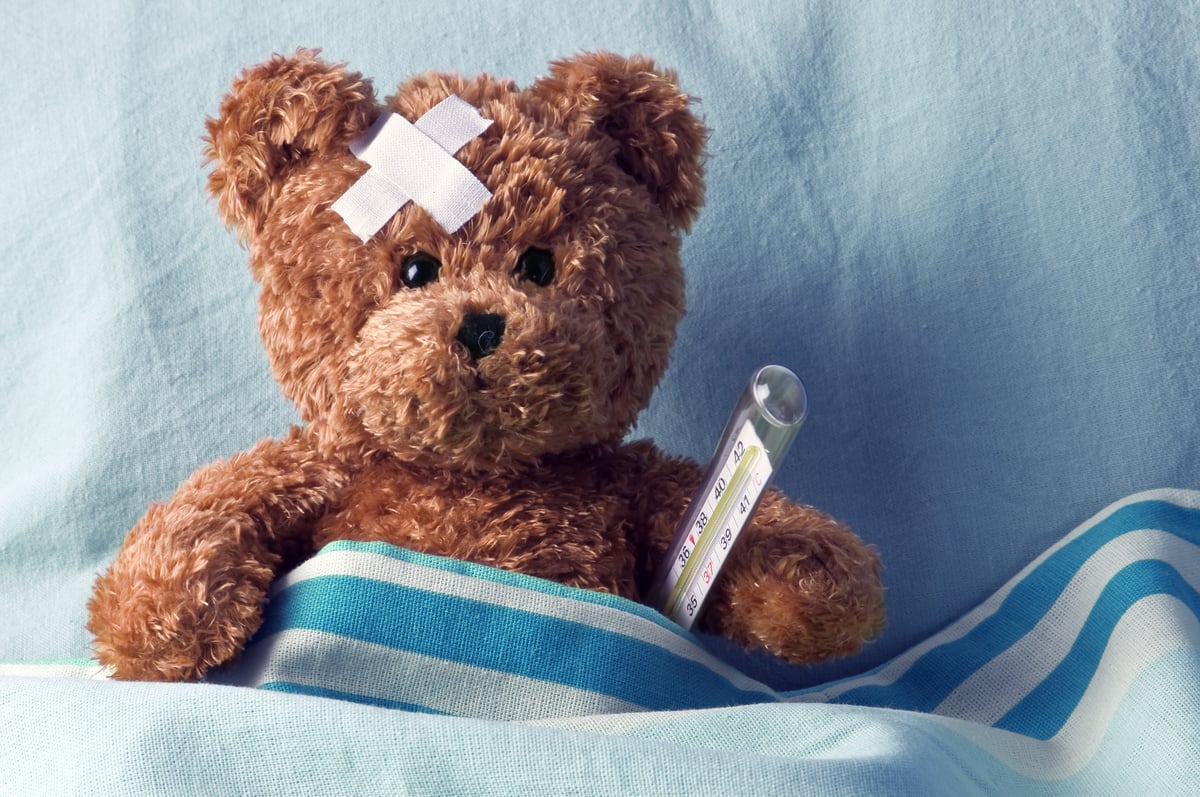
Navigating the Death of a Pediatric Patient
An ECRI member recently asked for information regarding support for healthcare providers navigating the death of a pediatric patient. In our response, we discuss strategies and provide relevant resources for healthcare staff confronted with the death of a child.
Although patients and their families are obviously at the center of adverse patient safety events, a ripple effect often occurs, turning the involved healthcare providers into "second victims," who may require or benefit from organizational support. A survey of over 100 healthcare professionals regarding their grief after the death of a child found that the majority of second victims turned to others to talk about the child and their emotions (85%), used positive reframing (80%), sought emotional support (75%) or self-distraction (57%). Other strategies included seeking religious guidance (55%), meeting with the patient's parents (43%), and attending the patient's funeral (19%). More than half (53%) believed that turning to coworkers, friends, or family helped them the most to overcome their grief. The second most useful strategy was spending time alone (19%). However, 31% wished they had more emotional support from their colleagues, and while 8% received organized support from their workplace, 40% would have appreciated more "official" support.
Second Victim Programs
Official support includes a wide range of resources which can be made readily available to second victims. The following are a few examples.
forYou Program. The University of Missouri Health System (UMHS) established its forYou Program, which developed a three-tiered second victim support model:
Tier 1: department support and leadership mentoring (i.e., "local" support from managers/supervisors, colleagues)
Tier 2: trained peer supporters and patient safety and risk management resources (e.g., group debriefings, one-on-one interventional support)
Tier 3: expedited referral to additional support (e.g., employee assistance programs, chaplains, social workers, clinical psychologists)
The program's five-year review found that at least 1,075 clinicians received support, with 90% receiving support within Tiers 1 and 2 and 10% in Tier 3. The top risk factor for evoking second victim support involved pediatric cases.
YOU Matter Second Victim Program. Nationwide Children's Hospital (NCH)—a freestanding pediatric academic healthcare organization in Columbus, Ohio—replicated the forYou program to create their YOU Matter Second Victim Program. NCH's program was implemented system-wide through a multidisciplinary steering committee, which was supported by an executive sponsor, program director, and administrative coordinator for oversight. The program consisted of unit-based teams, a branding/marketing team, and a team of trained peer supporters who executed the three-tiered approach established by UMHS. Key goals were to:
- Train 10% of staff from each unit as peer supporters with multidisciplinary representation.
- Allow for 24/7 availability of YOU Matter team members.
- Provide an electronic option for receiving support.
- Create a SharePoint site for managing program documentation and real-time dashboard metrics.
Within two years of program implementation, there were over 300 peer supporters trained, and 232 peer and 21 group second- victim encounters. Most encounters were from the emergency department, followed by ICU and pharmacy. Nurses made up the vast majority of second victims, mostly due to patient deaths.
Johns Hopkins RISE Program. Johns Hopkins Hospital developed a second victim support program called Resilience in Stressful Events (RISE) based on results of a baseline staff survey that identified the need and preference for peer support. The program's structure is based on call and response; the second victim pages the RISE pager after an event and the on-call RISE peer responder calls back within 30 minutes to schedule a meeting within the next 12 hours. While program usage increased over the first four years (2012 to 2016), low initial usage highlighted the need for awareness and marketing to staff.
Like other programs, nurses made up the majority of second victims. Results from a pediatric department frontline staff assessment survey regarding the pilot program's implementation found that 70% of second victims who sought support were nurses.
Learn how ECRI can help you maximize your efforts to support staff, reduce risk, and achieve better outcomes with our comprehensive approach to safety.
